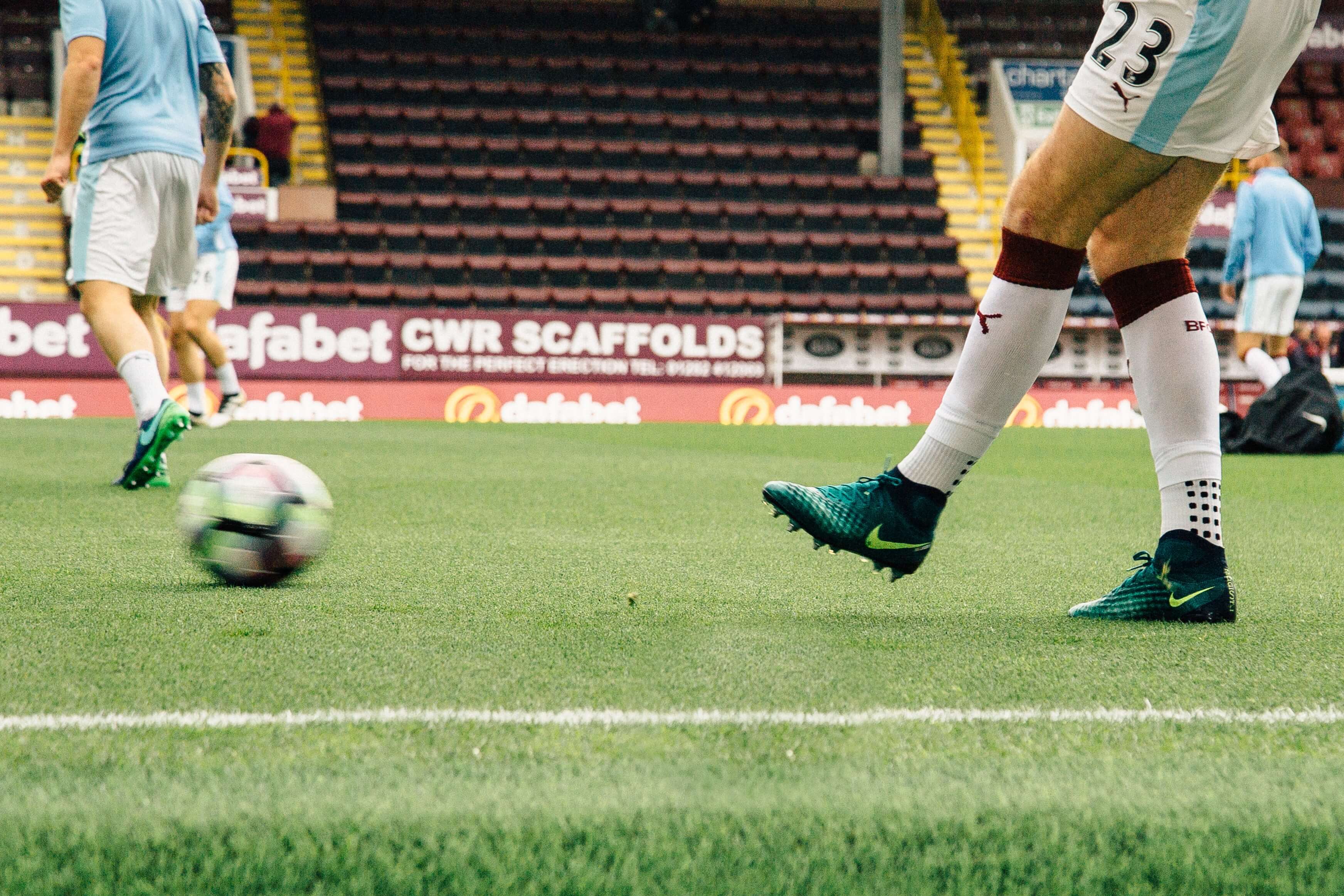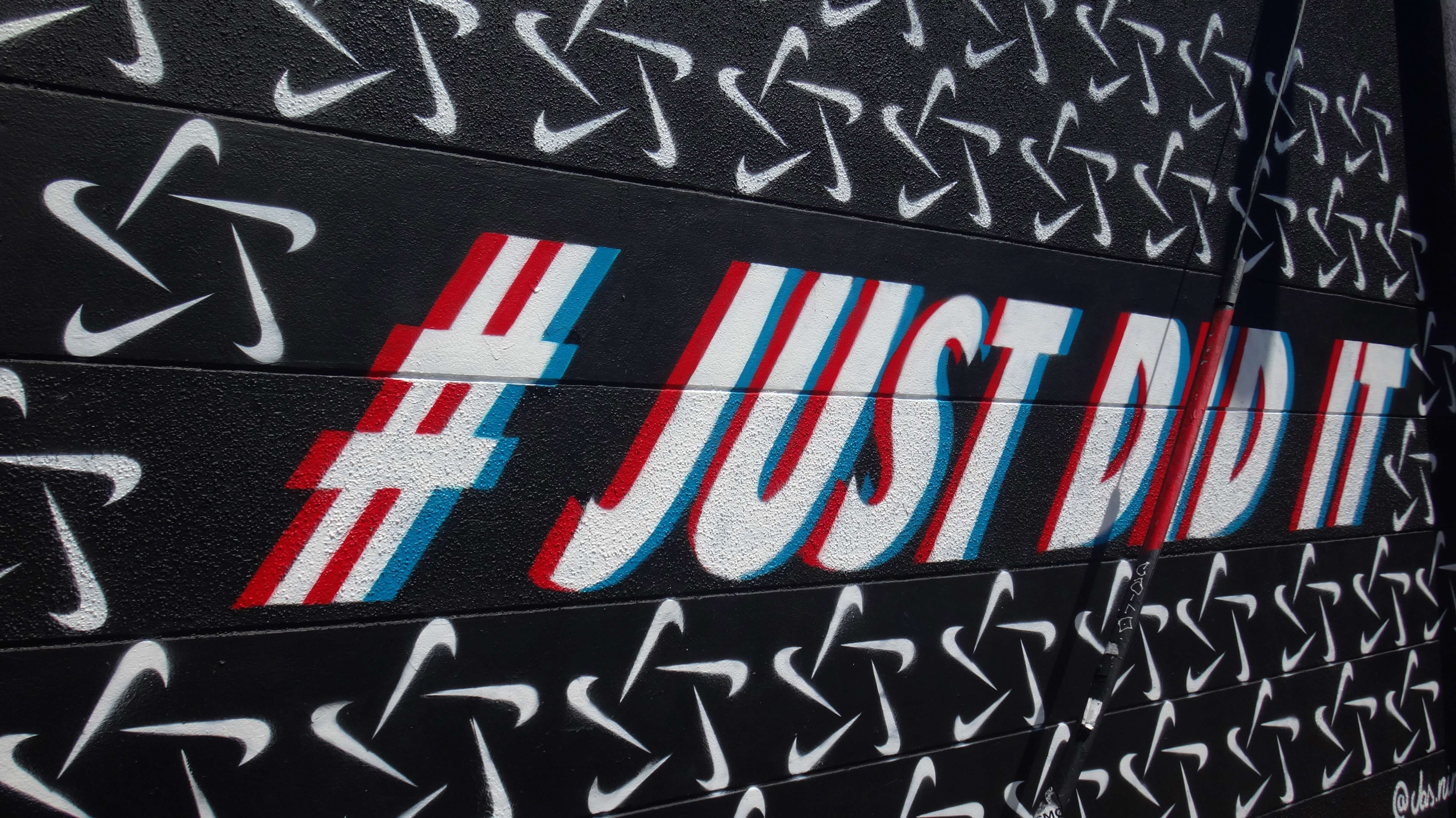
I just finished reading Phil Knight’s book Shoe Dog about the early days of Nike and how he built the iconic sports and lifestyle company. For those of you unfamiliar, Phil Knight is the co-founder, former CEO, and chairman emeritus (this is a status symbol noting he no longer actively chairs the board but is recognized for his service) of Nike, Inc. The story is tremendously insightful and honest for anyone who is interested in business, entrepreneurship or is just a big fan of Nike. Phil opens up about how a college presentation, a trip around the world, and a love for running led to the concept that would eventually become the giant in the sports apparel world. There are many lessons to be learned from the book, but before I jump into my key takeaways I’d like to share how I became an avid Nike fan in my teenage years.
As someone who grew up in the 1990s and early 2000s, Nike has always been a brand that is part of my vernacular. The iconic Air Jordans to seeing Tiger Woods sport his classic Nike Red Polo with his triumphant fist pump to tennis greats at Wimbledon sporting the clean white Nike gear with a black swoosh. The brand was on every major athlete in every sport as a kid, yet I hated Nike growing up. One of the kids in my neighborhood his dad was an Adidas rep. As a good friend, I had a sense of loyalty plus the free swag helped, but I was all Adidas and wouldn’t go near Nike gear. At the same time, I was seeing all of these iconic athletes sporting Nike and as a soccer player the Nike Mercurial Vapors were easily the most popular cleats everyone was wearing. Yet I stuck to my Adidas out of a sense of duty and stubbornness that is until Adidas came out with their F50 Tunit Soccer Cleats. As a competitive soccer player, you couldn’t just have one pair of all-weather cleats because on waterlogged fields you’d spend 50% of the game on your butt. The Adidas F50s solved this problem allowing you to screw and unscrew studs for different weather conditions. While the concept was fantastic the product sucked. The screws stripped and the studs would fall out and you’d spend a ton of money trying to replace the studs. Finally out of pure frustration I switched to a pair of Nike Vapors and the rest is history. Nike won me over with its products and then the brand vision reinforced everything.

I began only buying Nike cleats and to this day when I buy new soccer cleats, you better believe there is a swoosh on those puppies. What I learned from Shoe Dogs is how improbable the success the of Nike was the first 15 years of the companies existence. First off Nike started off as Blue Ribbon selling a Japanese running shoe called Tigers. They were an import business opening up the US market to shoes from Asia. The reason the name Nike came into existence was the need for survival as the manufacturer in Japan began looking to give Blue Ribbon’s US distribution contract for selling the shoes to other companies. Yet all of the work that the famous US Olympic Track and Field coach Bill Bowerman and the other shoe dogs at Blue Ribbon were experimenting and advising the manufacturer on how to improve the product. This gave the small team an advantage and found another manufacturer to create the very first Nike shoes.
The story is absolutely incredible and worth a read. The key takeaways for me are how important:
- Passion and the belief in the problems your product solves
- Willingness to experiment
- Unwavering determination through adversity
Nike was always focused on creating superior quality products and had the athletes at the center of their core business. The consumer was the most important factor in advising their product strategy. The second piece is the willingness to try new designs and experiment with outrageous ideas in order to continually innovate for the athletes who consumed their products. There were many designs that failed and recalls occurred, but the company was transparent about its mission to experiment and improve athletes lives and willingness to admit that it didn’t always get things right. The final lesson is how many obstacles from manufacturing, licensing, financing, regulations, you name it. They had to fight through and on many occasions, the company came within inches of closing its doors.

Every entrepreneur, founder, product marketer and sports fan should read Shoe Dog for the lessons about life and business will inform how you approach and see challenges. Every giant success faced tremendous challenges, yet the ethos of Nike remained the same throughout its history of continually innovating and solving the challenges of its consumers. The quality of the products and how I feel when I rock Nike gear is why the company has personally won me over as a consumer. I had no idea the humble beginnings and history of the brand that I personally choose to wear. I encourage the reader whether you like, dislike, or are indifferent to Nike to think about what circumstances led you to affiliate with a brand and the feelings that brand causes inside of you. Nike and Apple are examples of companies who primarily sell on feelings and not solely the merits of their products.
More posts…


[…] There is No Finish Line – Shoe Dog […]
Comments are closed.